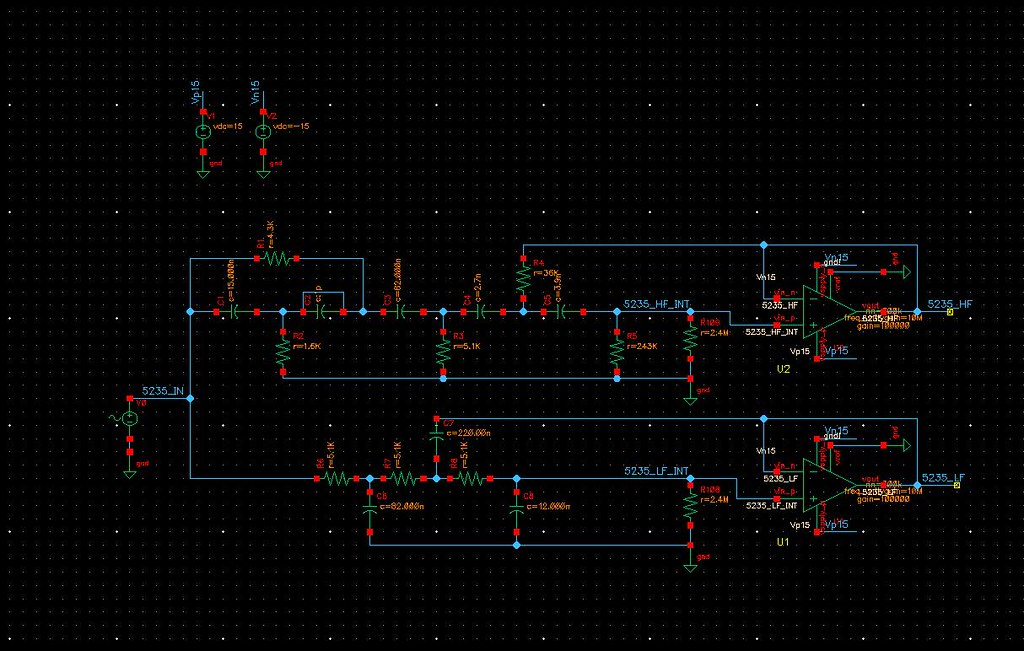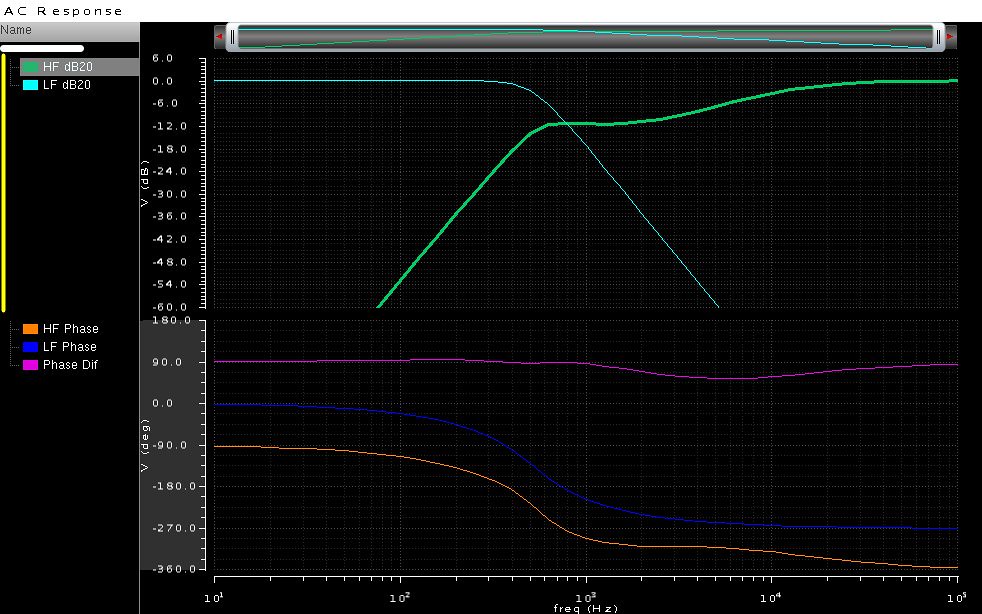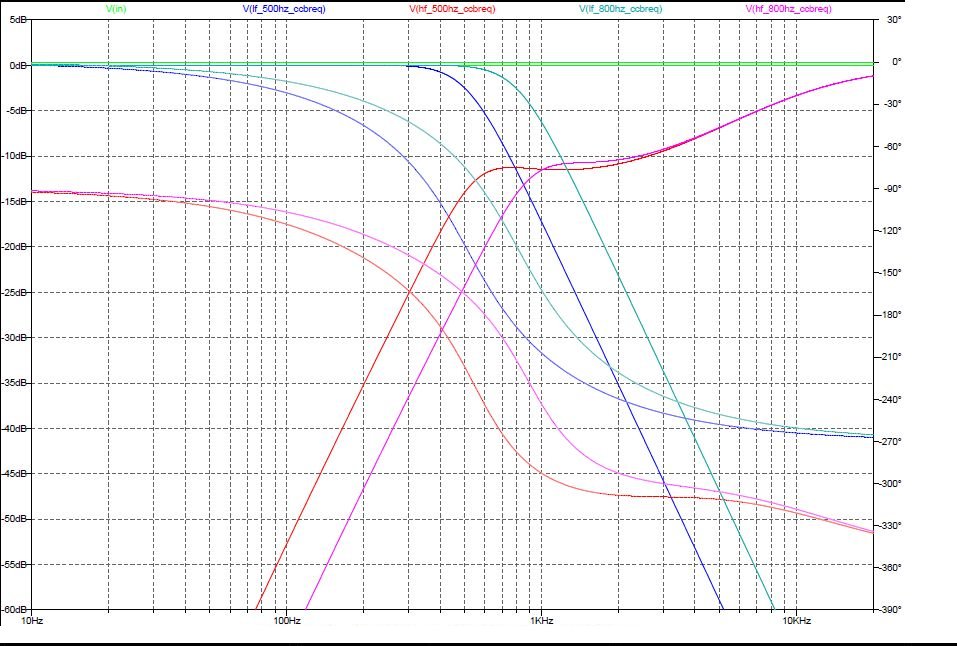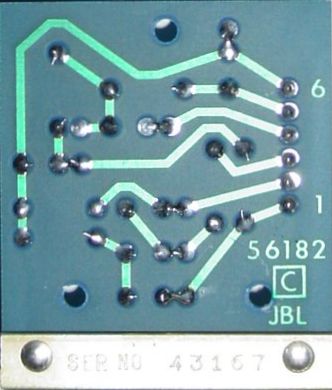Interesting, thanks. Look forward to looking over the board files.
I'm slowly working up to trying to simulate my whole system chain (at least from the pre/pro output on), which is sort of the focus of the other thread. I have an HP 4192A Impedance Analyzer I'm planning to use to make impedance measurements of my drivers. And an HP 35665A Dynamic Signal Analyzer for characterizing frequency response and phase/delay of Amps and filters. Lastly I have a calibrated UMIK-1 and iOS Audiotools which I'm hoping to use for the final transfer function / phase of the drivers. If that won't cut it I'll probably try and find a way to get a calibrated mic input into the 35665A.
I don't know how much it really matters in my cobbled together system, but I've gotten quite interested in time/phase alignment so it will be an interesting project

Rob




 Reply With Quote
Reply With Quote







